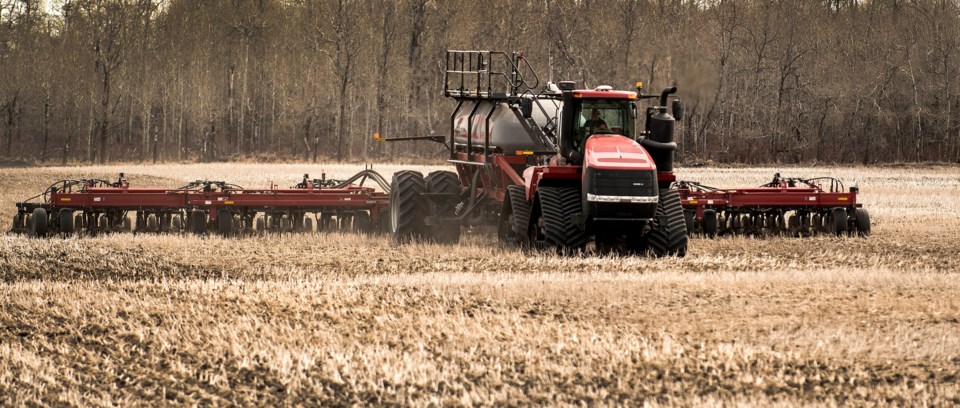Lac Ste. Anne County declared a state of agricultural disaster Thursday morning due to prolonged drought conditions over the past several weeks.
“Council sees first-hand the extreme hardships our producers are facing,” said Lac Ste. Anne County Reeve Joe Blakeman.
County council said in a statement Thursday drought has caused low crop yields and reduced sources of feed. The county has faced dry conditions since last summer, and winter snow cover was light. Without soil moisture carrying over from the winter, producers need seasonal rainfall to keep pastures healthy, which didn’t happen with the drought, the county statement said.
The lack of seasonal rainfall and heat wave in June and July amplified problems faced by producers. Conditions have become so bad farmers have been forced to begin reducing generational herds during the height of grazing season.
Hay prices have soared above market values and continue to trend upward.
“We are seeing complete dispersals of historic herds because there’s nothing to feed them. This is the fourth year in a row of less-than-ideal conditions for regional producers — and by the looks of it, the most devastating,” said Blakeman.
The state of agricultural disaster will heighten the awareness and collaboration among producers, industry, and provincial and federal governments, the county said. Earlier this month Vulcan County began preparing to declare an agricultural state of emergency.
“The county will work with the Government of Alberta and related stakeholders in the coming weeks to explore potential support options for area producers,” said Blakeman in a statement.
“It is council’s hope that, through this declaration and our ongoing advocacy efforts, we can shine a spotlight on this critical issue and encourage other levels of government to provide support where possible.”
The county said the province can provide tax incentives and payment deferrals and Alberta has requested that the federal and provincial AgriRecovery program be activated to help offset the costs of uninsurable expenses, such as temporary fencing around fields so cattle can graze on crops that are not worth harvesting.
According to the Alberta crop report, only 18.1 per cent of all crops in the Peace region of the province are in good or excellent condition; followed by 26.9 per cent in the northwest; 33.4 per cent in the south; and 34.6 per cent in the northeast. The central region is faring the best, with 59.4 per cent of all crops in good to excellent condition.
These numbers are in stark contrast to the usual conditions the province sees, with the 10-year average for crops to be in good or excellent condition sitting at 73.4 per cent.
“The year-over-year precipitation deficits now exceed one-in-50-year lows in some areas,” the report said.
Pasture growth is also dismal, with 34.6 per cent of the pasture in the province in poor condition, compared to the 10-year average of only 12.4 per cent being in poor condition.
Only 0.5 per cent of all pasture across the province is in excellent condition. The northwest and Peace regions brought down the average, with both clocking in at zero per cent, which is compared to the 10-year average of 19 per cent in excellent condition.
Lac Ste. Anne County last declared a state of agricultural disaster in August of 2019 due to excessive rainfall and overland flooding.
For further updates on this evolving matter, please continue to monitor the County's website and social media channels.



